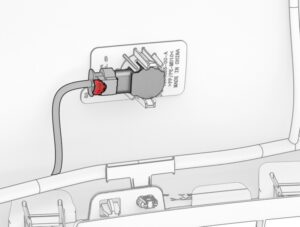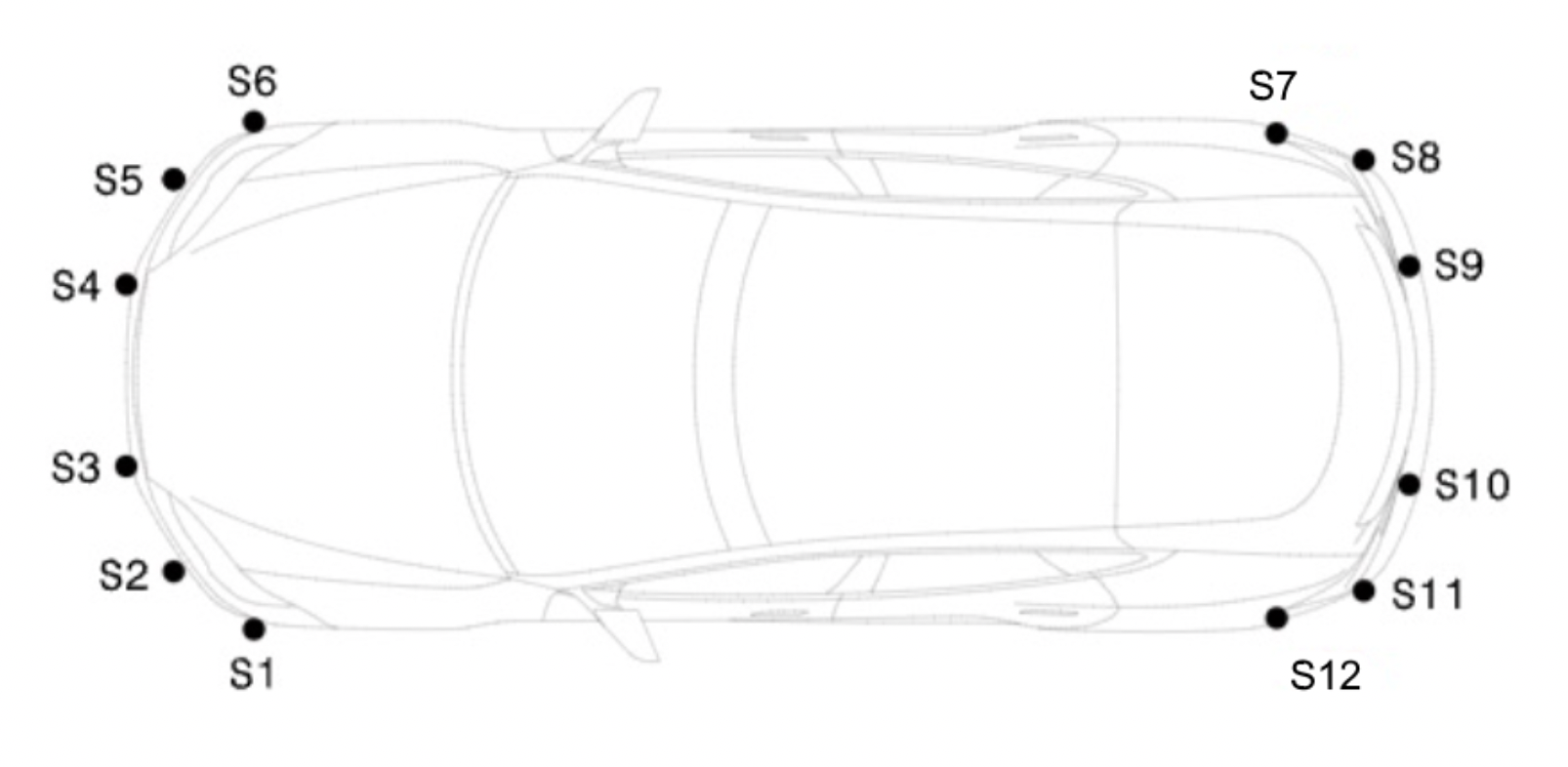
Tesla abandons ultrasonic sensors in favor of camera-based ADAS
By onMarket Trends | Technology
Tesla has announced that it will stop building its vehicles with ultrasonic sensors (USS) and rely entirely on its camera-based Tesla Vision technology for its Autopilot driver assistance system.
In an update posted to its website, Tesla said said it will carry out the rollout with Model 3 and Model Y over the next few months, followed by Model S and Model X in 2023.
“Starting in early October 2022, all Model 3 and Model Y built for North America, Europe, Middle East and Taiwan are no longer built with ultrasonic sensors and instead rely solely on Tesla Vision to provide Autopilot, Enhanced Autopilot, FSD capability and active safety features,” Tesla said.
The deletion of the ultrasonic sensors may make the vehicles a bit less costly to repair. The car engineering analysts from the YouTube channel Munro Live estimated that the ultrasonic sensors and associated hardware cost Tesla $114 per vehicle.
Vehicles with USS have a total of 12 sensors — with six in the front bumper cover, and six in the rear. The OEM said it has no intention of deactivating the sensors in vehicles so equipped.
For a short period of time during the transition, the OEM said, Tesla Vision vehicles that are not equipped with USS will be delivered with some features temporarily limited or inactive, including:
- Park Assist: Alerts the driver of surrounding objects when the vehicle is traveling below 5 mph;
- Autopark: Automatically maneuvers into parallel or perpendicular parking spaces;
- Summon: Manually moves the vehicle forward or in reverse via the Tesla app; and
- Smart Summon: Navigates the vehicle to the driver’s location or a location of the driver’s choice via the Tesla app.
It said the features will be restored via a series of over-the-air (OTA) software updates, once their performance is equal to that of the USS-supported system’s.
“All other available Autopilot, Enhanced Autopilot and Full Self-Driving capability features will be active at delivery, depending on order configuration,” Tesla said.
 Ultrasonic sensors are typically used to support anti-collision systems, helping to detect objects in near proximity, and to assist with parking. Tesla, which previously removed radar from its new vehicles with no decline in their active safety ratings, said it is confident that the removal of the sensors will not affect its customers’ safety.
Ultrasonic sensors are typically used to support anti-collision systems, helping to detect objects in near proximity, and to assist with parking. Tesla, which previously removed radar from its new vehicles with no decline in their active safety ratings, said it is confident that the removal of the sensors will not affect its customers’ safety.
“Given the incremental improvements already achieved with Tesla Vision, and our roadmap of future Autopilot improvements and abilities, we are confident that this is the best strategy for the future of Autopilot and the safety of our customers,” the automaker said.
Simultaneous with the removal of USS has been the launch of the company’s “vision based occupancy network,” currently used in the Full Self-Driving Beta system. Tesla said the improved software gives Autopilot “high-definition spatial positioning, longer range visibility and ability to identify and differentiate between objects.”
According to the carmaker, Tesla Vision utilizes eight cameras: two rearward-looking side cameras, three forward cameras, one rear view camera, and two forward-looking side cameras.
Images
Featured image: An ultrasonic sensor installed on a Tesla Model S. (Provided by Tesla)
This diagram shows sensor locations on 2021 and newer Tesla Model S vehicles. (Provided by Tesla)
